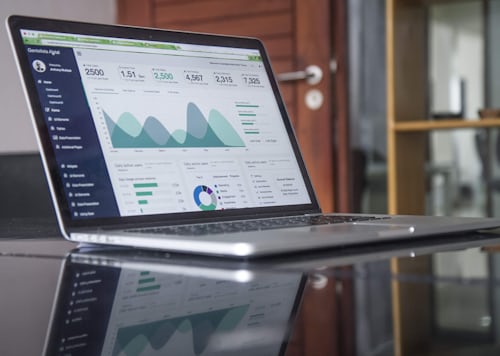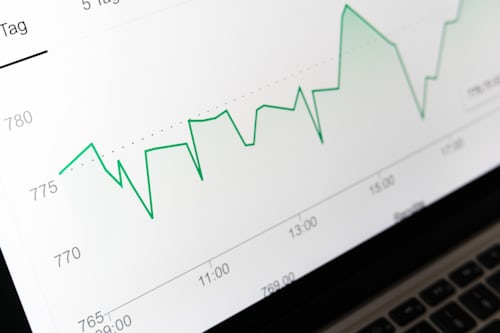|
Become a member

If you like the sound of futures trading and want to get started with an investment account today, we'll show you the steps you need to take now.
Step 1: Choose a CFD futures trading site.
As mentioned in the section above, you need to trade CFD futures as a retail client. Therefore, your first port of call is to find an online broker that meets your requirements.
Some of the factors you need to look out for before signing up are:
Regulation: you should only use the CFD futures broker if it is regulated by a top-notch licensing body. This includes those such as the FCA (UK), CySEC (Cyprus), MAS (Singapore) or ASIC (Australia).
Tradable assets: Spend some time checking the trading arena in the broker to see what assets you can buy and sell. Popular asset classes you can trade CFD futures in are commodities, indices and equities.
Payment methods: You will be trading CFD futures with real money. Therefore, make sure that the broker supports your preferred payment method. The easiest way to transfer money to a trading platform is via a debit or credit card.
Fees and commissions: You will always have to pay a fee when trading CFD futures. Therefore, be sure to check the broker's pricing structure before signing up.
Customer service Finally, find out which support channels are supported (e.g. live chat) and what hours the customer service team works.
If you don't have the time to search for a broker yourself, we have listed our top five CFD futures platforms towards the end of this page.
Step 2: Open an account and upload your ID
Since you're using a regulated investment platform via Exness personal area login, the broker is legally required to verify your identity.
Open an account by entering the following information to get the ball rolling:
- Name
- Date of birth
- Home address
- National tax number
- Residence status
- Telephone or mobile number
- E-mail address
You will then be asked to upload an identity document. This can be a passport, driver's licence or government-issued ID card.

Step 3: Transfer funds to your futures trading account
You will now need to deposit some funds into your newly created CFD brokerage account.
Support payment methods usually include:
- Debit card
- Credit card
- Paypal
- Skrill
- Neteller
- Bank transfer
Step 4: Place a trade
Once your deposit has been credited - which is usually instant - you can place your first CFD futures trade.
You'll need to:
- Search for the asset you want to trade (oil, gold, wheat, etc.).
- Decide whether you want to go long (buy order) or short (sell order).
- Enter your stake
- If applicable - Enter the leverage you wish to apply
- Set up a stop loss order
- Set up a take profit order
- Confirm the order
Unlike a traditional futures contract, CFDs never expire. This means you can exit your position at any time. If you opened with a buy order, simply place a sell order to close the trade - and vice versa.
Conclusion
In summary, futures trading is a great way to get exposure to hard assets like gold, oil and wheat - without having to become a direct owner upfront. Instead, you are simply speculating on whether you think the price of the asset will rise or fall when the contract expires.
With this in mind, the traditional futures trading space is usually only available to institutional money. This is because minimum lot sizes are often well over US$100,000. Therefore, it is best to trade futures via CFDs.
If you want to get started today, we recommend using one of the pre-screened brokers we have reviewed on this page.
|